
When deciding on a destination for a holiday, Manchester may not be somewhere that immediately springs to mind. However, much as we love going abroad, we’re also keen to explore parts of the UK that we haven’t yet got round to visiting, and so chose Manchester for an autumnal city break.
As the railways have been in a state of disarray recently I decided the best route was to go from London St Pancras to Sheffield and then across to Manchester – a combination of engineering works and general chaos on the direct route from Euston meant that a slightly longer but hopefully more reliable route seemed more tempting. We were also rewarded with some lovely views of the Peak District.

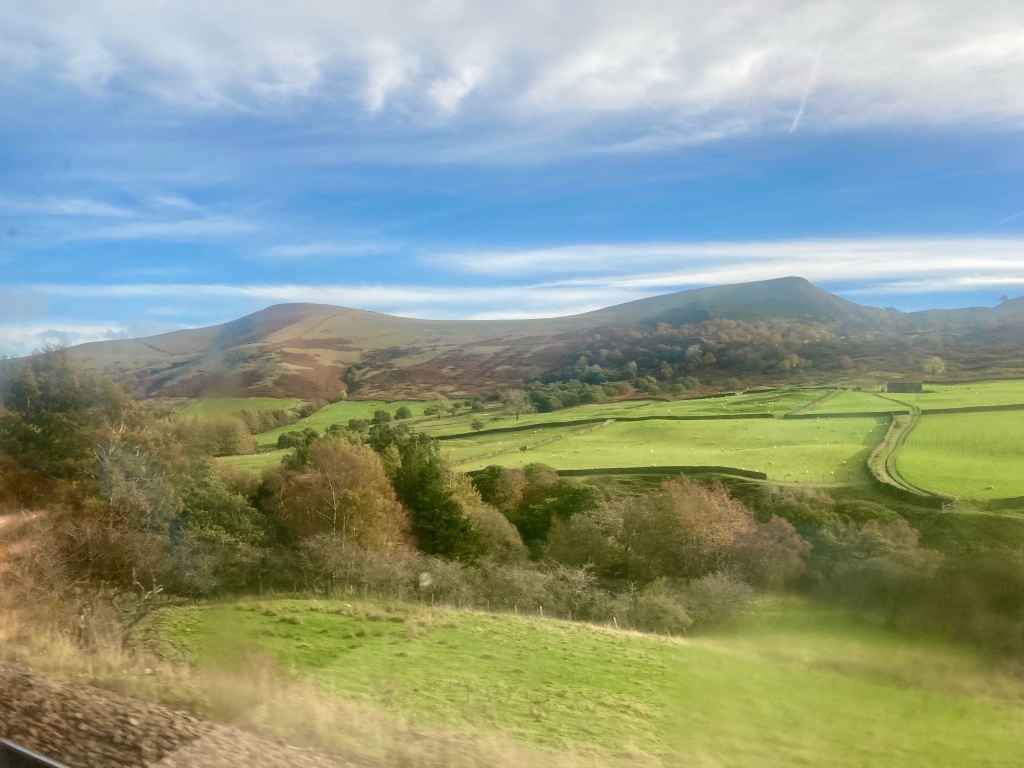
Our hotel was very centrally located with views over the city, and had mosaics by William Mitchell, known for his ornate Egyptian escalator in Harrods department store.


As we enjoy football stadium tours, going to one of the most famous in the world, Old Trafford, was high on our list of things to do. The tour was great with a very knowledgeable guide, who also provided plenty of football banter which was appreciated by my son! These tours get booked up well in advance so it’s best to reserve a few weeks ahead if possible.


Just across the river from Old Trafford is Media City. This huge complex of studios is home to many BBC and ITV programmes, and also contains The Lowry, a performing arts centre that includes paintings by the local artist LS Lowry. His works depicting everyday life in industrial cities can be seen in various museums throughout Manchester.
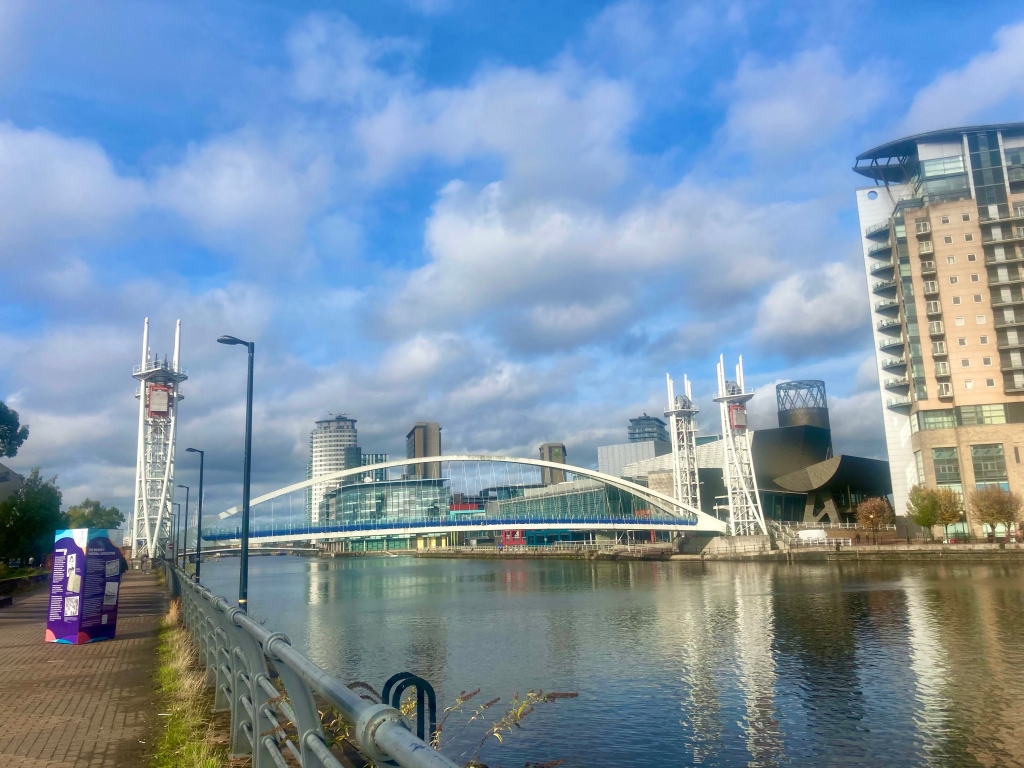




To get around we used the excellent MetroLink tram system, which seemed to run regularly and reliably. There was also a free bus service around some central areas although we didn’t need to use this.
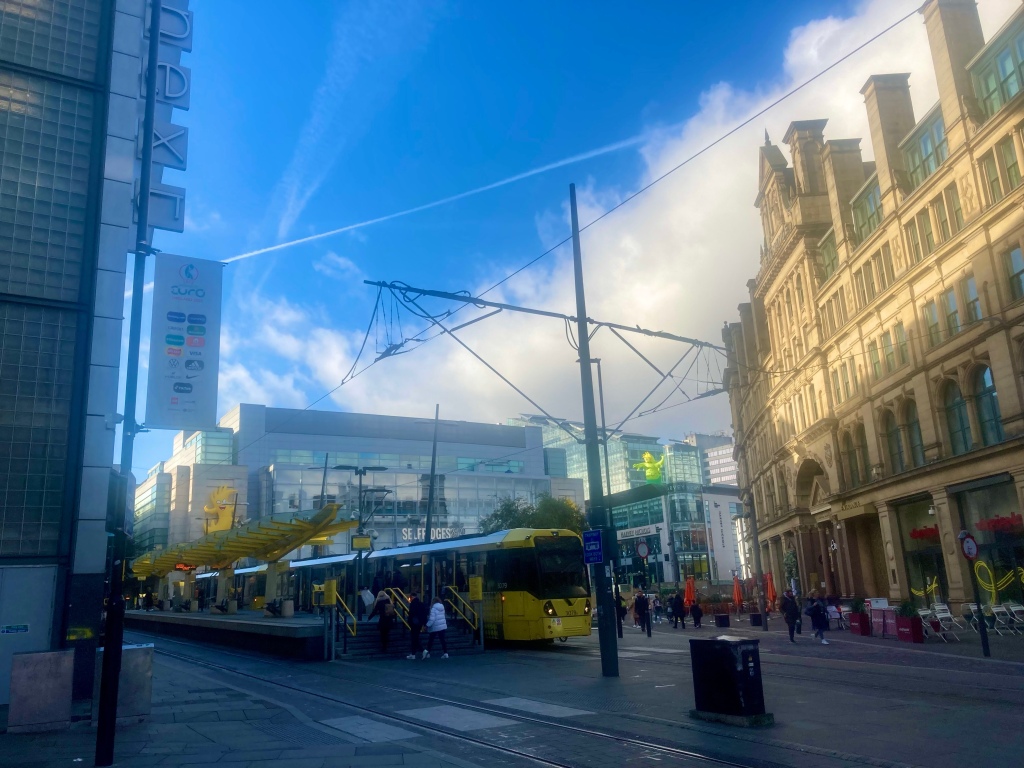

Other museums we visited included the National Football Museum, the Imperial War Museum North and the People’s History Museum, which tells the story of democracy and houses the largest collection of banners in the world.
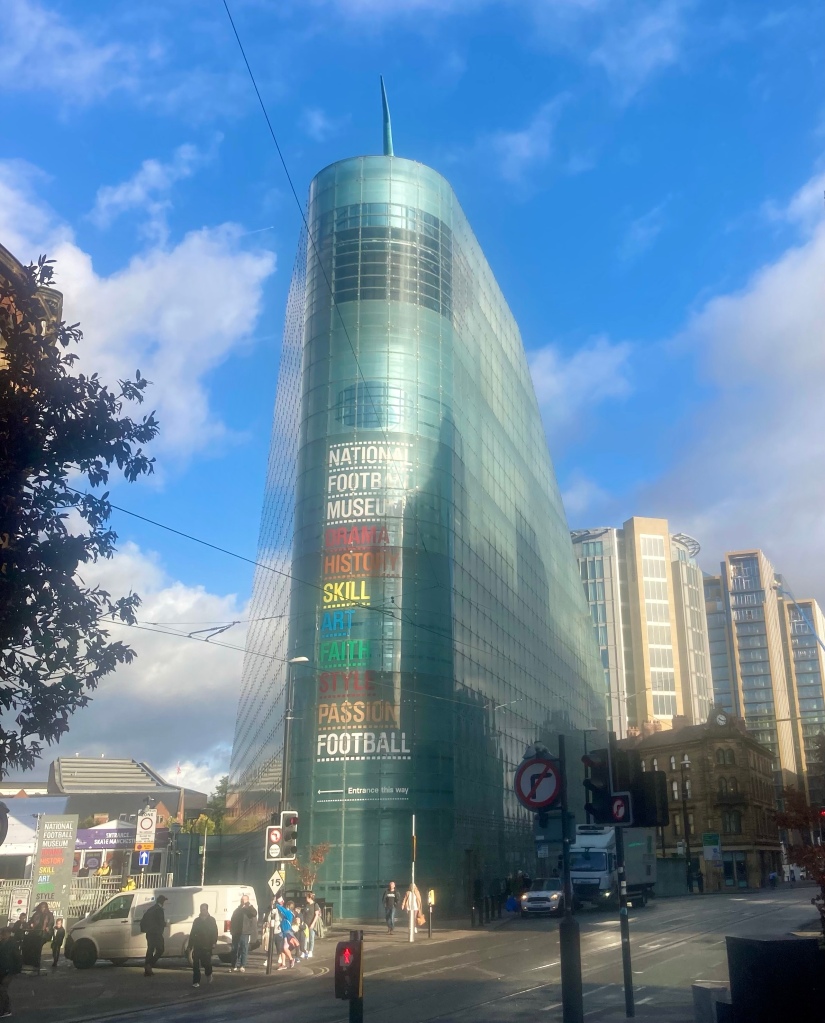
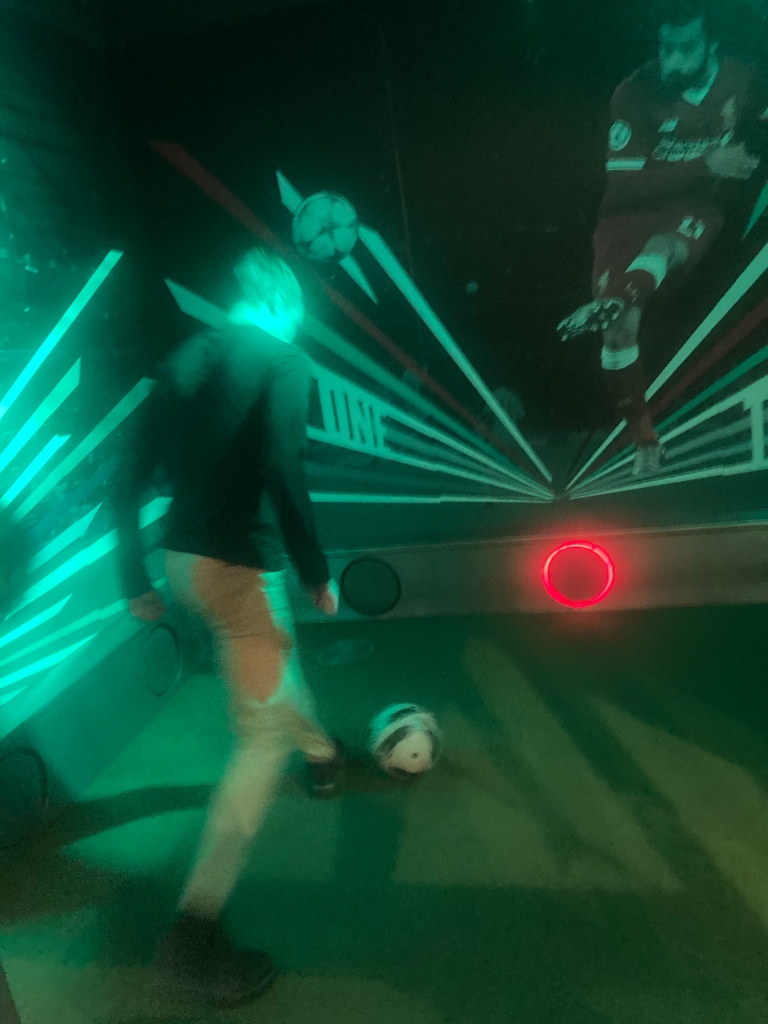


Fans of retail therapy will enjoy the Trafford Centre. Whilst I don’t really enjoy browsing around shops it is quite impressive, with the biggest and best designed food court I’ve ever seen.


Manchester is a really vibrant city with a great selection of restaurants, bars and cafés. There is a lot of construction going on and it has an interesting mixture of older industrial architecture juxtaposed with modern buildings. There are also some wonderfully quirky shops such as the alternative retailers housed in Afflecks shopping centre in the lively Northern Quarter.


Our hotel was near Chinatown which had a wide variety of restaurants and bubble tea cafés.

On our final day we went to Manchester Art Gallery. This had a large selection of artworks including Lowry and Pierre Adolphe Valette, a French Impressionist who lived in Manchester and was Lowry’s tutor, each influencing the other.

We thoroughly enjoyed our stay in Manchester and it offered everything we look for in a city break – plenty to see, museums, restaurants, architecture and good transport. As we only saw a small amount of what it has to offer I’m sure it’s a place we will return to in the future.

